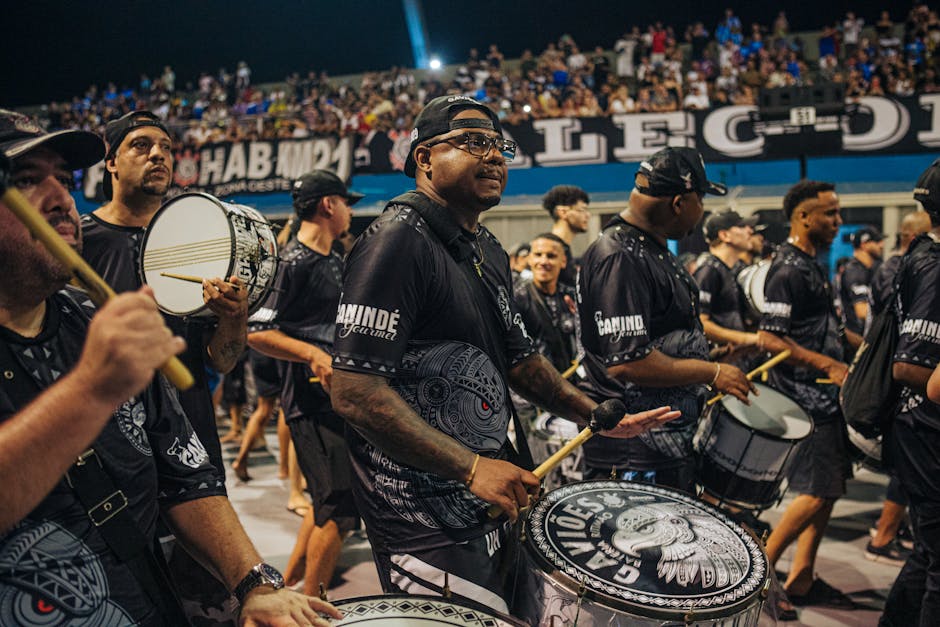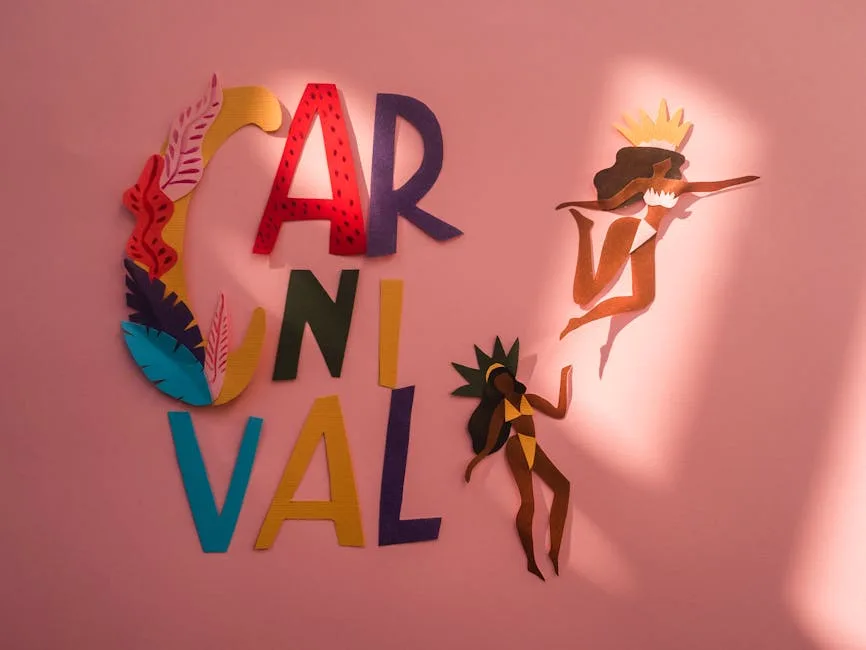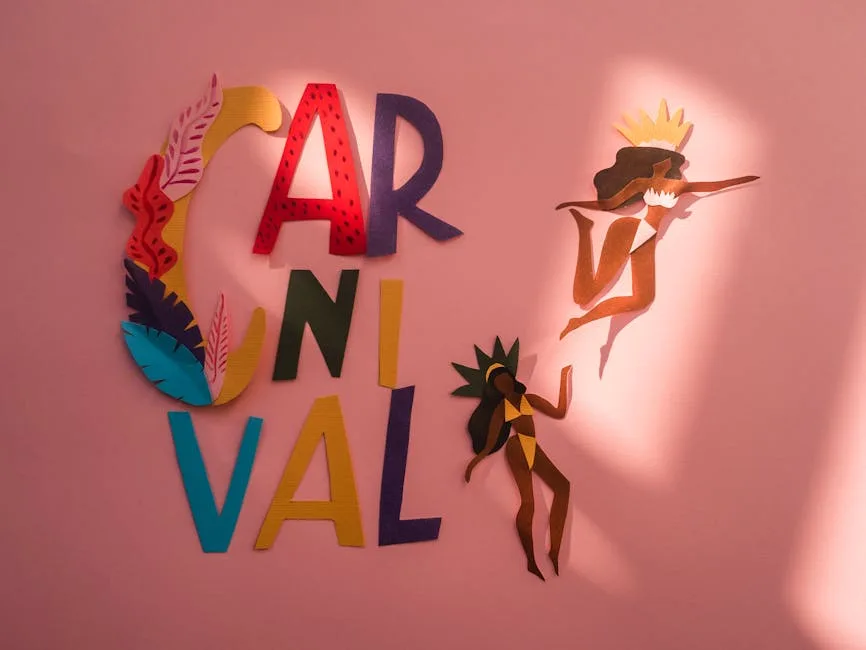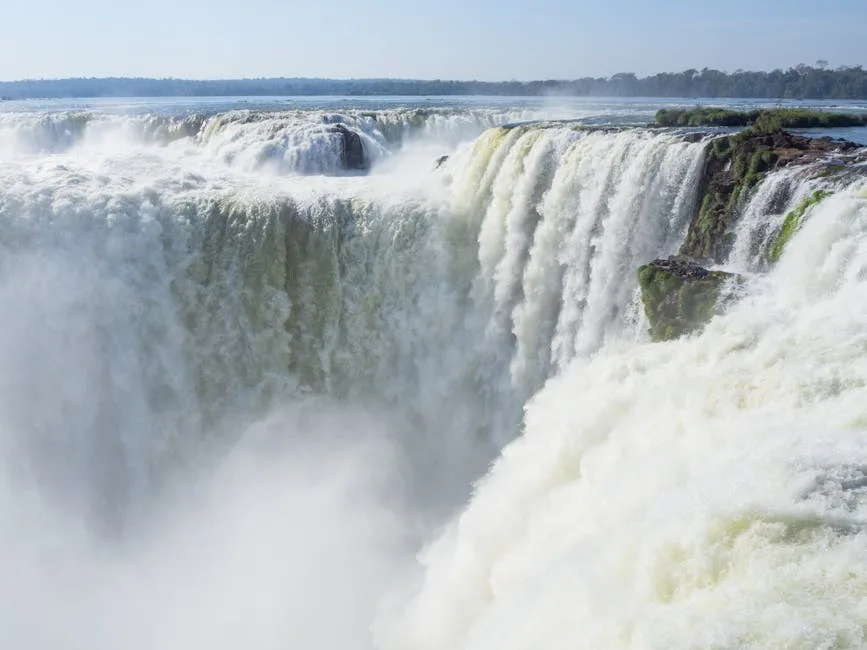- A Sonic Journey into the Heart of Brazil
- The Soulful Rhythms of Samba
- From the Favelas to the World Stage
- Samba and Carnival: A Perfect Union
- Bossa Nova: The 'New Wave' of Brazilian Sound
- A Beachside Revolution in Rio
- Key Figures and Global Impact
- A Musical Map of Brazil: More Than Just Samba and Bossa
- Forró: The Dance of the Northeast
- Maracatu: The Afro-Brazilian Pulse of Pernambuco
- Axé: Salvador's Carnival Anthem
- The Voice of a Generation: Música Popular Brasileira (MPB)
- A Genre of Protest and Poetry
- Brazil's Sound Today
- Your Brazilian Music Starter Pack
- Essential Albums to Hear
A Sonic Journey into the Heart of Brazil
Close your eyes and think of brazil. What do you hear? For many, it’s the explosive, joyful rhythm of carnival, the infectious beat that makes you want to move. For others, it’s a gentle, melancholic guitar melody drifting from a moonlit beach. Both are correct, yet they only scratch the surface of one of the world’s most diverse and captivating musical landscapes. brazilian music is more than just a soundtrack; it’s a living, breathing expression of the country’s history, its people, and its soul.
From the Afro-Brazilian heartbeats of Samba to the sophisticated cool of Bossa Nova and the myriad of powerful regional sounds, Brazil sings a story of fusion, resilience, and pure, unadulterated passion. So, let’s tune in and take a journey beyond the clichés to truly understand the sounds that shape this incredible nation.
The Soulful Rhythms of Samba
You can’t talk about Brazilian music without starting with Samba. It’s the nation’s cultural heartbeat, a genre so fundamental that it feels woven into the very fabric of Brazilian identity. But its joyful sound has deep, powerful roots.
From the Favelas to the World Stage
Samba was born in the late 19th and early 20th centuries in the communities of Afro-Brazilians, particularly in Rio de Janeiro and Salvador. It grew from the religious traditions and percussive music of enslaved Africans, evolving in the backyards and communities known as ‘quintais’ and ‘terreiros’. Initially marginalized and even criminalized, Samba was a form of cultural resistance and community gathering.
The heart of this early form is the ‘roda de samba’ (samba circle). Imagine a group of friends gathering, with a table of drinks and food in the center. Someone starts strumming a cavaquinho (a small, four-stringed guitar), another picks up a pandeiro (a Brazilian tambourine), and soon the powerful boom of the surdo bass drum lays down the foundation. People sing, clap, and take turns dancing in the middle. It’s spontaneous, communal, and utterly captivating.
Samba and Carnival: A Perfect Union
While the ‘roda de samba’ is its intimate soul, Carnival is its most spectacular showcase. The world-famous parades in Rio de Janeiro are powered by ‘samba-enredo’, a specific style of samba written to tell a story for the ‘escolas de samba’ (samba schools). These are not just dance academies; they are vast community organizations that work all year to create the elaborate floats, costumes, and choreography for the parade. The raw power of the ‘bateria’ (percussion section), with hundreds of drummers playing in perfect, thunderous sync, is an experience that resonates deep in your chest. It’s the ultimate expression of Samba’s power to unite and uplift.
Bossa Nova: The ‘New Wave’ of Brazilian Sound
If Samba is the fiery, percussive heart of Brazil, Bossa Nova is its cool, sophisticated mind. Emerging in the late 1950s, this genre presented a completely different side of Brazilian life and music.

A Beachside Revolution in Rio
Picture the breezy, optimistic atmosphere of Rio de Janeiro’s South Zone neighborhoods like Copacabana and Ipanema in the late ’50s. A new generation of middle-class students, artists, and musicians were looking for a sound that reflected their modern, cosmopolitan lifestyle. They found Samba too loud, too raw for their intimate apartment gatherings. So, they created something new.
Bossa Nova, which literally means ‘new trend’ or ‘new wave’, stripped Samba down to its melodic and harmonic essence. The boisterous percussion was replaced by a subtler, more complex guitar style. The vocals became soft, almost whispered, and heavily influenced by the cool jazz of artists like Chet Baker. It was music for listening, for contemplation, for falling in love.
Key Figures and Global Impact
Three names are essential to the Bossa Nova story. João Gilberto, the brilliant guitarist and singer who pioneered the unique, syncopated guitar strum that defines the genre. Antônio Carlos Jobim (or Tom Jobim), the master composer whose melodies are both incredibly beautiful and harmonically complex. And Vinicius de Moraes, the diplomat and poet whose lyrics captured the beauty, love, and ‘saudade’ (a deep, nostalgic longing) of Rio.
Their collaboration, along with American jazz saxophonist Stan Getz, led to the global phenomenon ‘The Girl from Ipanema’ (‘Garota de Ipanema’) in 1964. The song became a worldwide smash hit, winning a Grammy and introducing Bossa Nova to an international audience. It forever cemented the image of Brazil as a place of effortless cool and natural beauty.
A Musical Map of Brazil: More Than Just Samba and Bossa
Brazil is a continent-sized country, and its musical identity is just as vast. To truly appreciate its richness, you have to travel beyond Rio. Each region has its own unique rhythms that tell the story of its people and landscape.
Forró: The Dance of the Northeast
Head to the arid, sun-baked Northeast (Nordeste), and you’ll find the lively, rustic sound of Forró. This is country music, in the best sense of the word. It’s the music of parties, festivals, and dances, meant to bring people together. The classic Forró trio consists of an accordion (sanfona), a bass drum (zabumba), and a metal triangle. The rhythm is infectious and the dance, a close two-step, is a beloved tradition, especially during the ‘Festas Juninas’ (June Festivals). The legendary Luiz Gonzaga, known as the ‘King of Baião’ (a rhythm within the Forró family), is the genre’s most important figure, his songs painting vivid pictures of life in the northeastern hinterlands.

Maracatu: The Afro-Brazilian Pulse of Pernambuco
In the state of Pernambuco, particularly in the cities of Recife and Olinda, you’ll encounter the earth-shaking, hypnotic drumming of Maracatu. This is a performance tradition with deep historical roots in the coronations of Kongo kings and queens in colonial Brazil. A ‘Maracatu Nação’ is a percussive army on the move, led by a royal court of costumed figures. The deep, rumbling ‘alfaia’ drums create a powerful, mesmerizing rhythm that feels ancient and sacred. It’s a breathtaking spectacle of African heritage and religious syncretism, a powerful reminder of Brazil’s deep connection to the African continent.
Axé: Salvador’s Carnival Anthem
Travel to Salvador, the capital of Bahia and the heart of Afro-Brazilian culture, and the soundtrack to its famous Carnival is Axé music. Born in the 1980s, Axé is a high-energy fusion of Brazilian and Afro-Caribbean styles like reggae, samba-reggae, and pop. It’s music made for massive crowds, blasted from the gigantic sound trucks called ‘trios elétricos’ that crawl through the city streets during Carnival. Artists like Daniela Mercury and Ivete Sangalo became superstars, leading millions of revelers in a euphoric, week-long celebration.
The Voice of a Generation: Música Popular Brasileira (MPB)
As Bossa Nova’s initial wave crested in the mid-1960s, a new generation of artists took its harmonic sophistication and blended it with a wider range of influences, creating what became known as MPB (Música Popular Brasileira).
A Genre of Protest and Poetry
MPB isn’t a single style but rather an umbrella term for a new era of Brazilian pop music that was both musically ambitious and socially conscious. Emerging during Brazil’s military dictatorship (1964-1985), MPB became a crucial vehicle for social commentary and protest. Artists like Chico Buarque became masters of poetic, coded lyrics to circumvent state censorship, while Caetano Veloso and Gilberto Gil spearheaded the revolutionary Tropicália movement, which fused Brazilian rhythms with psychedelic rock and avant-garde art.
Brazil’s Sound Today
The spirit of fusion and innovation continues today. Brazil’s contemporary music scene is a vibrant mix of genres. You’ll find the raw, electronic beats of Funk Carioca (often called Baile Funk) from Rio’s favelas, the chart-topping dominance of Sertanejo (modern Brazilian country music), and a thriving indie scene with artists blending traditional sounds with rock, hip-hop, and electronica. The music is always evolving, always absorbing new influences, and always reflecting the complex reality of modern Brazil.
Your Brazilian Music Starter Pack
Feeling inspired to dive in? The sheer volume of music can be daunting, but here are a few starting points to guide your exploration.
Essential Albums to Hear
- Chega de Saudade (1959) – João Gilberto: The album that started the Bossa Nova craze. It’s the foundational text.
- Acabou Chorare (1972) – Novos Baianos: A perfect, joyful mix of samba, rock, and psychedelia. Often voted the greatest Brazilian album of all time.
- Clube da Esquina (1972) – Milton Nascimento & Lô Borges: A masterpiece of MPB from the state of Minas Gerais, blending pop, folk, classical, and jazz.
- Construção (1971) – Chico Buarque: A powerful, politically charged album with breathtaking arrangements and some of the finest lyrics ever written in Portuguese.
This is just a tiny sample, of course. From here, you can explore the catalogs of artists like Elis Regina, Jorge Ben Jor, Cartola, and Marisa Monte. Let the algorithms of your favorite streaming service guide you, or simply ask a Brazilian friend for their favorite songs. The journey is part of the fun.
Brazilian music is a universe of its own. It’s the sound of a Sunday barbecue with family, the defiant roar of a street protest, the quiet melancholy of a rainy afternoon, and the explosive joy of a shared celebration. It’s a reflection of a people who have mastered the art of finding beauty and rhythm in every corner of life. So go on, press play, and let the rhythms of Brazil move you.




